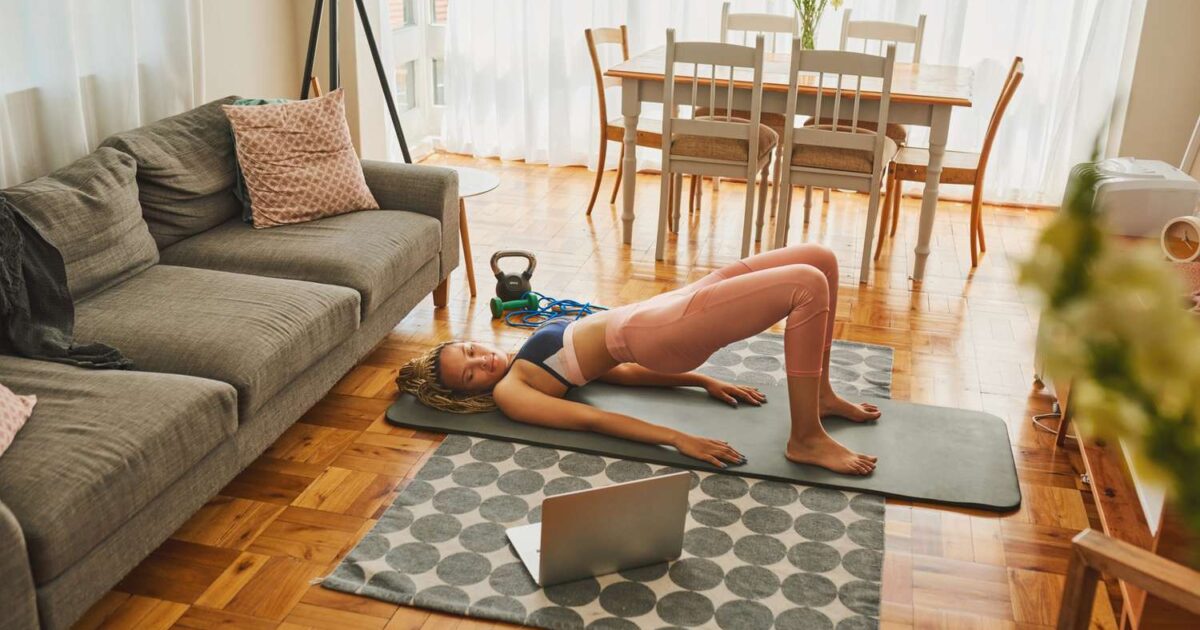Sciatica is one of the most prevalent types of pain affecting many people. Approximately 40 percent of individuals will experience sciatica Hamilton at some point in their lives, and your risk increases as you age. The pain originates from the sciatic nerves, and it often disappears on its own within a few hours or days. However, in some cases, it can last for weeks or months. Luckily, there are several things you can do to reduce the pain that it causes.
Here are tips to relieve Sciatica:
Avoid sitting for too long
Sitting for an extended period can irritate your sciatica and trigger a pain flare-up. Sitting for too long increases the strain on your lower back. Any additional pressure exacerbates the underlying problem and causes nerve compression. This will aggravate your sciatica pain.
Ensure you take a break from sitting every 30 minutes to reduce discomfort and avoid a flare-up. Stretch and go for a little stroll around your house or place of business.
Also, sit on an ergonomic chair with good lumbar support to relieve strain on your lower back. In addition, keep your feet flat on the ground to reduce pressure on your lower back.
Exercise regularly
Exercise is necessary for a healthy, flexible spine. However, exercising might exacerbate an existing injury or trigger your sciatica if performed incorrectly or with excessive vigor. You should see your doctor before beginning an exercise regimen.
Your exercising routine should consist of low-impact, gentle and supportive workouts to assist the underlying cause of your sciatica. Some of your best exercises include walking, swimming, and cycling.
Lift with correct form to avoid injury
Being conscious of your body’s movements and their strain on your lower back might help you avoid or alleviate sciatica. Always employ correct body mechanics while lifting and carrying anything, whether a bag of groceries, a kid, or a large item.
When lifting, bend at the knees rather than the back. Don’t bend over or twist your upper body when carrying something heavy. When turning around, you should use your whole body.
Strengthen your core
Although it may not seem obvious, having a stronger core can benefit the health of your spine. Your abdominal muscles are not only one component of your core, even though they are one of the primary factors that contribute to the stability of your spine. Your back, sides, pelvis, and buttocks have muscles contributing to your core strength and stability. Your spine will be better supported if you work on strengthening all of these muscles.
Exercises like yoga and Pilates are effective in strengthening core muscles. Also, movements like bridges and planks focus on strengthening the core.
Manage your weight
People who are overweight or obese are at a higher risk of developing sciatica. Also, being overweight can slow recovery for those suffering from sciatica. Why? You risk ruptured discs in your spine from carrying around extra weight. Losing even a small amount of weight can help reduce inflammation and stress on the spine.
Call Interventional Pain Management Associates to book your appointment for treatment of sciatica.





